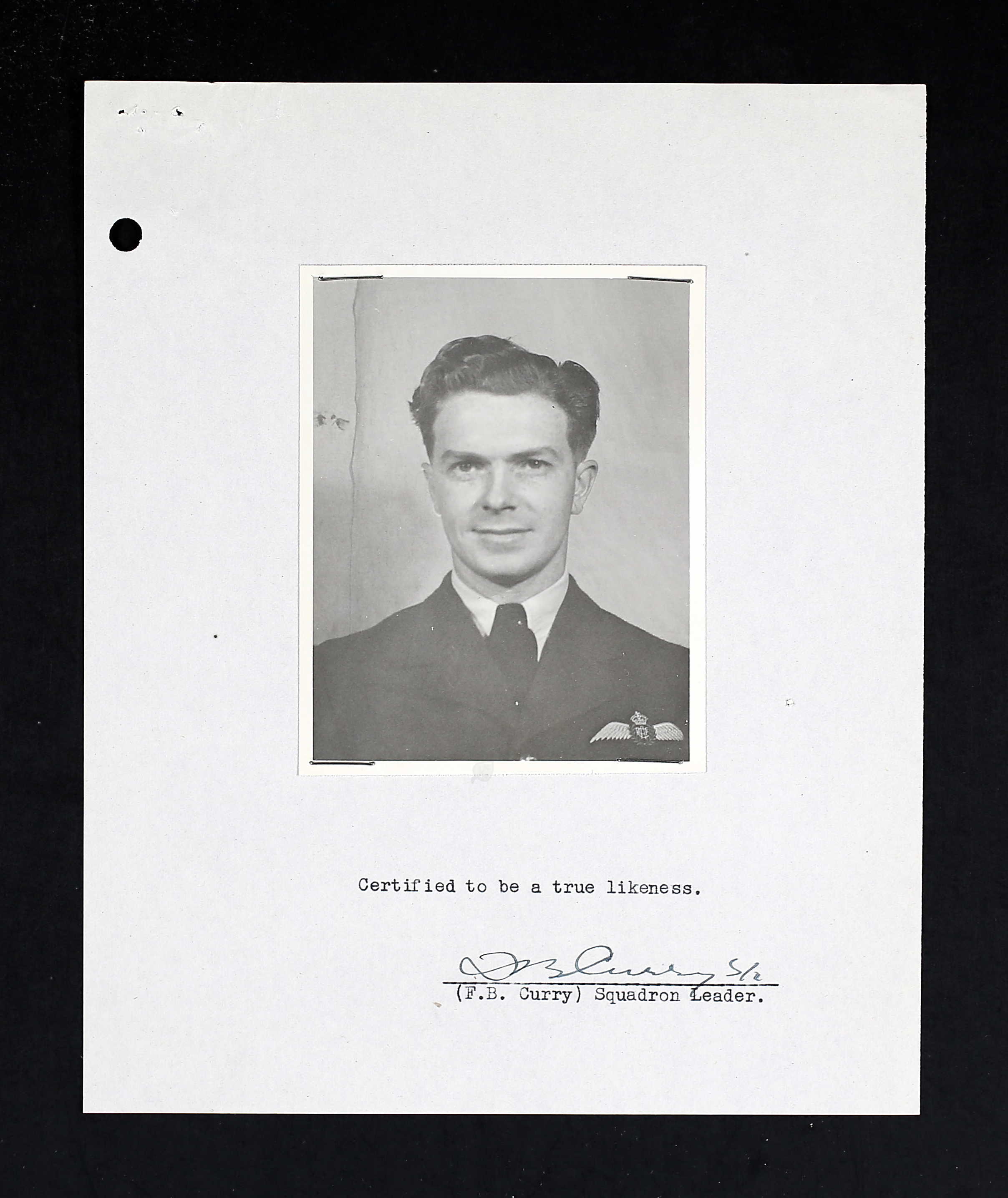
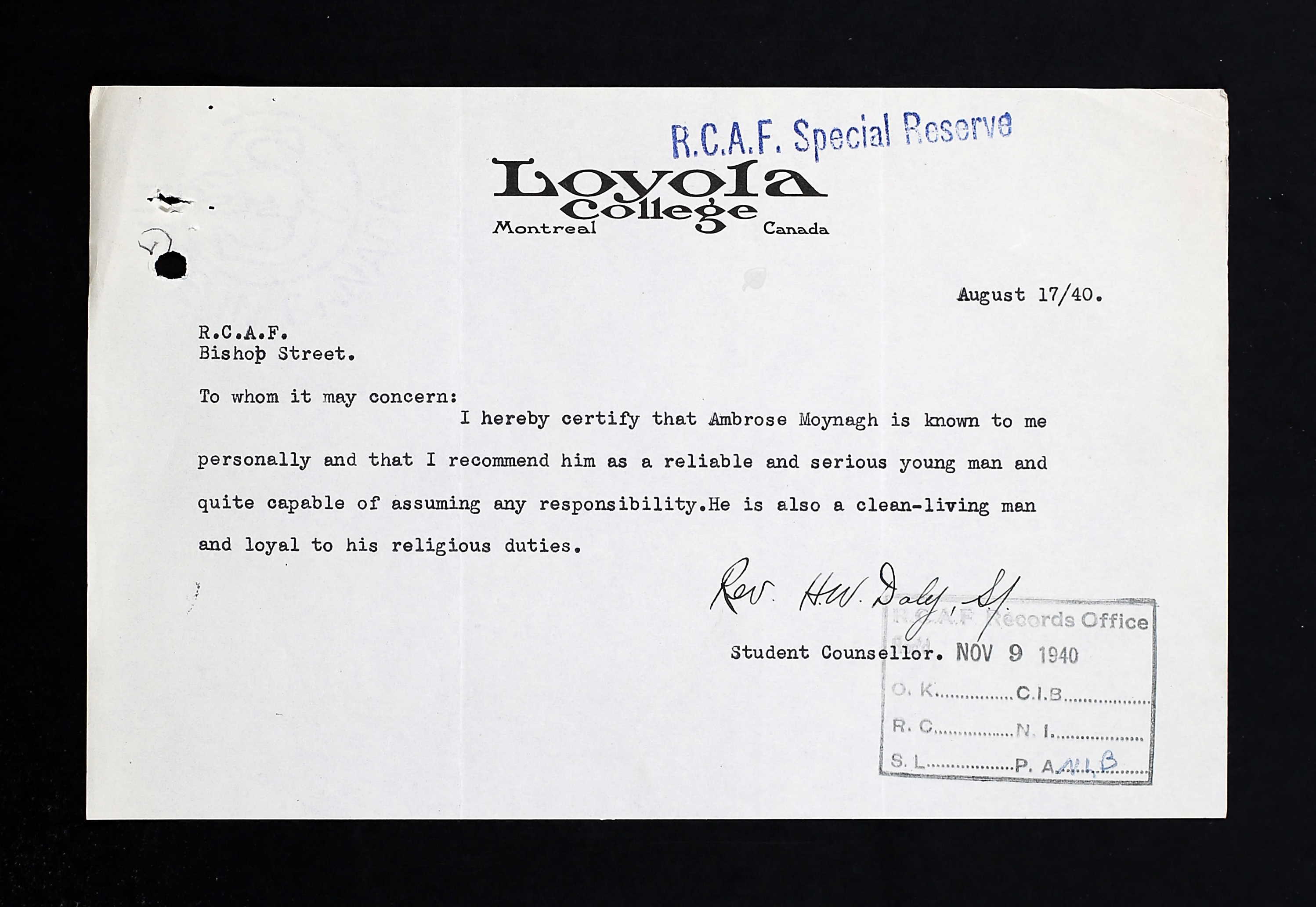
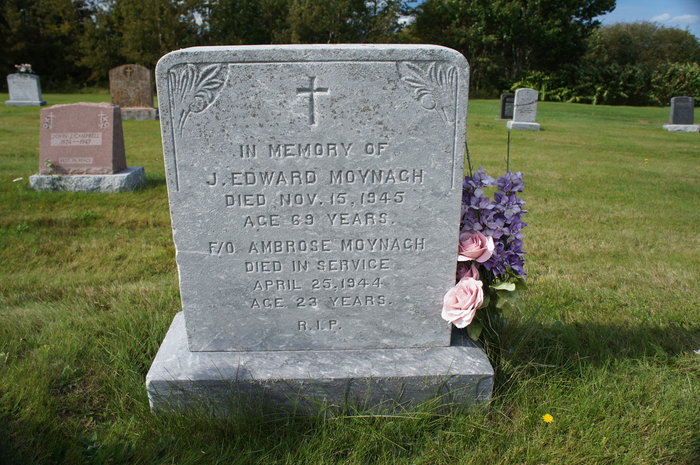
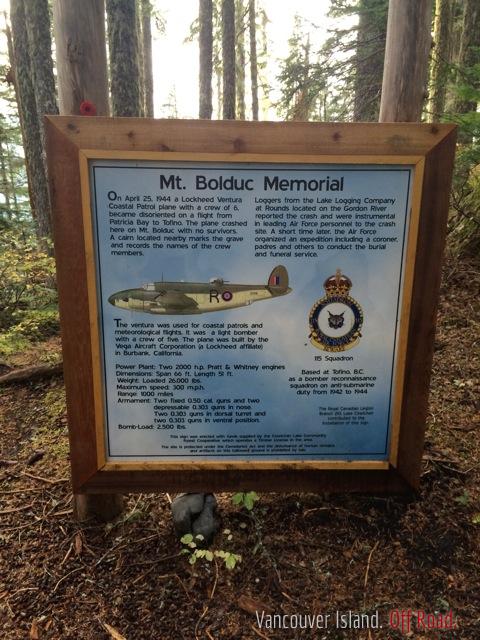
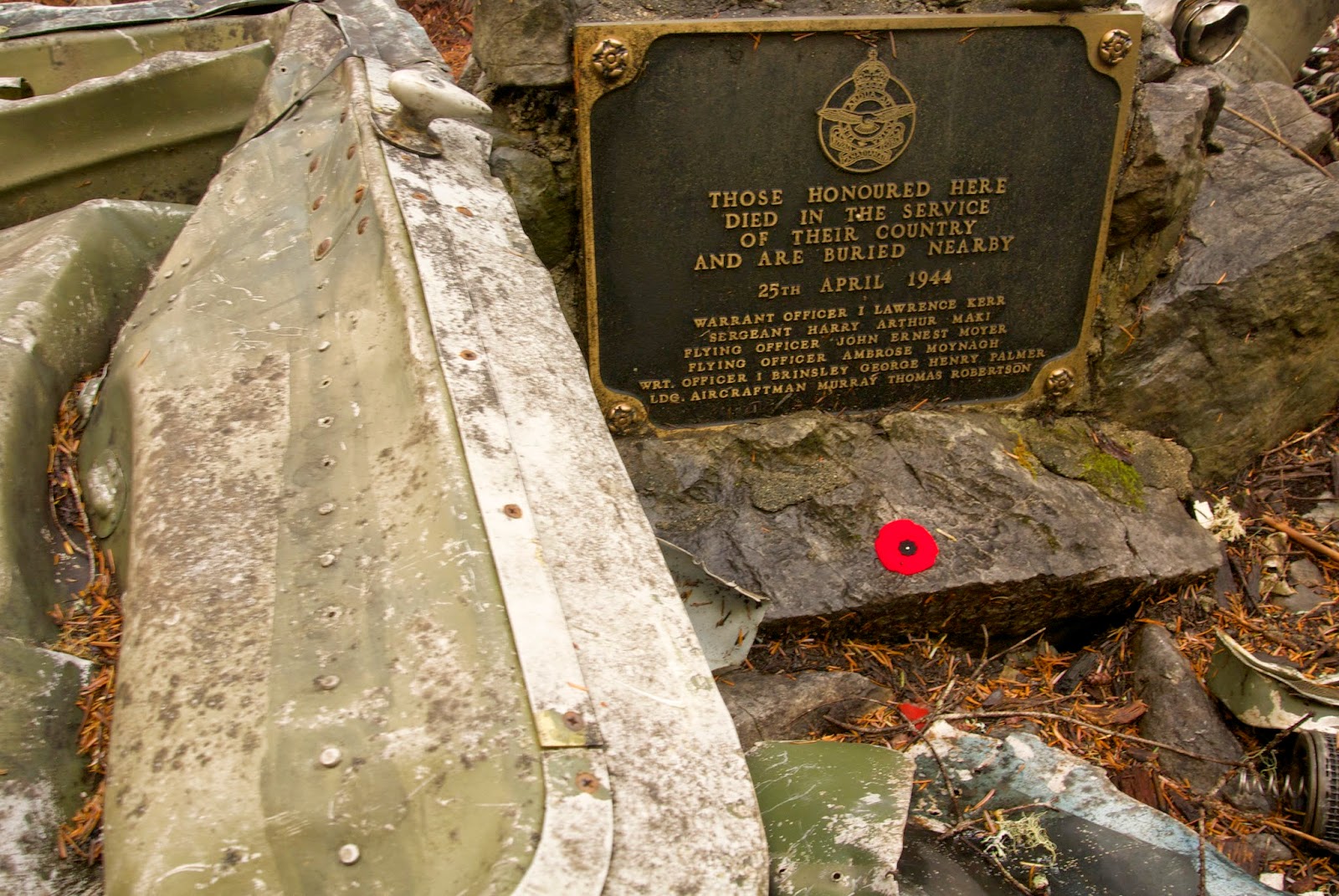
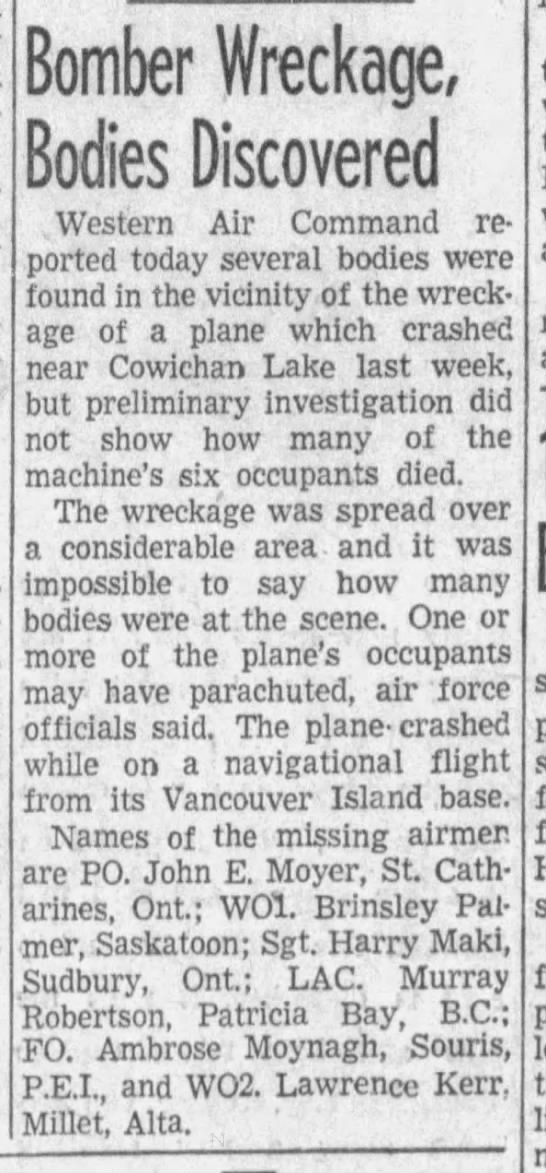
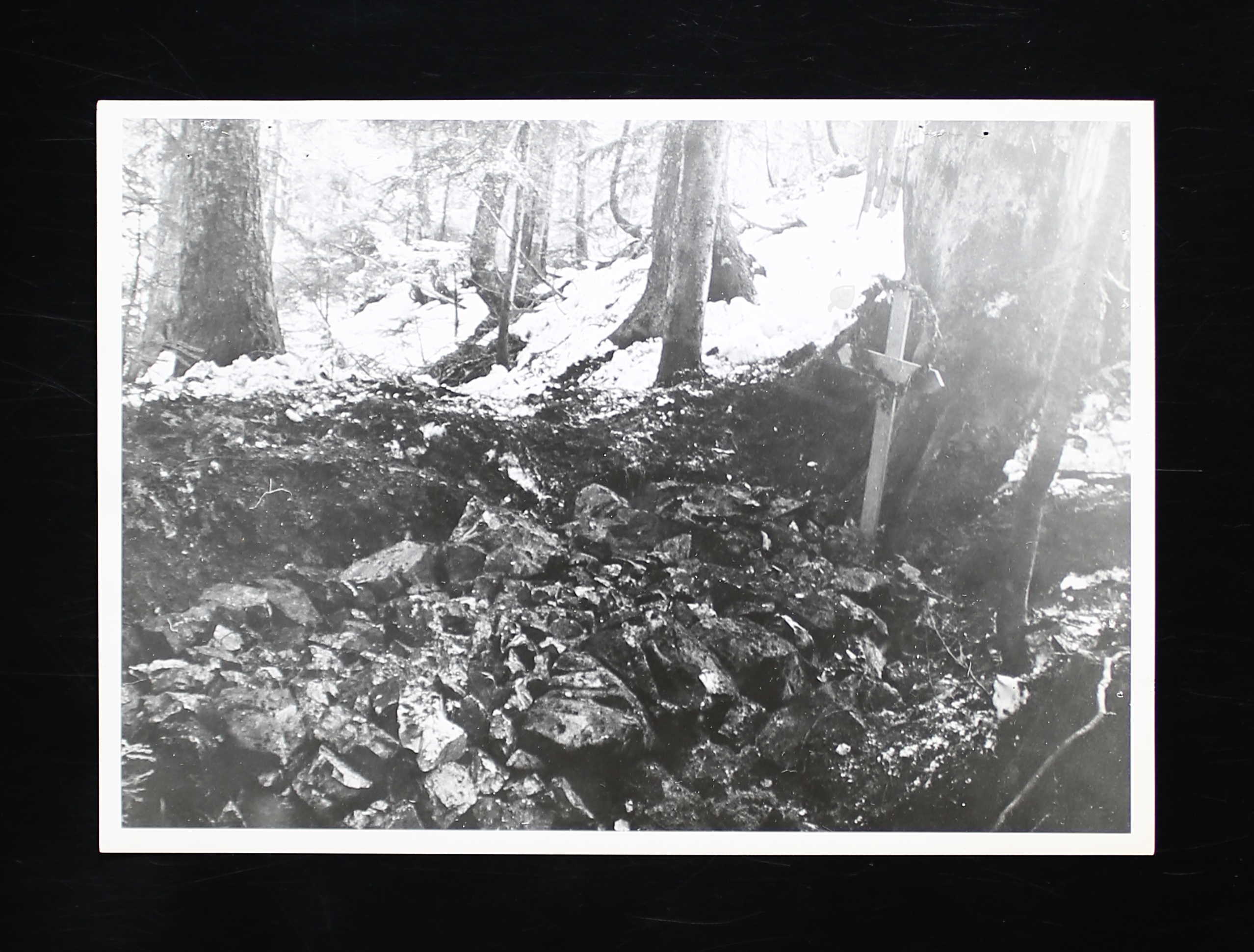
January 12, 1920 - April 25, 1944







Ambrose Joseph Moynagh was born in Souris, Prince Edward Island, the son of John Edward Moynagh (1875-1945), conductor for the CNR, and Margaret Anne (nee Tierney) Moynagh (1884-1957). He had two brothers, John Edward Moynagh, Jr. who was in the Royal Canadian Navy, and William James in the Canadian Army, plus five sisters: Mary Margaret and Alice Patricia, both in Montreal, Catherine Teresa in Souris, and two sisters in Antigonish, NS: Mrs, Dougald McKinnon and Mabel Alfreda Moynagh. The family was Roman Catholic.
Ambrose was accepted by the RCAF on November 12, 1941 in Montreal, Quebec. He had worked at Loyola College for Reverend Francis Breslin as a steward/waiter for one year. Prior, he worked at a grocery store in Souris, PEI. He had a Grade X education. He had first applied in Halifax, Nova Scotia in April 1939, but there was ‘no vacancy.’ In September 1940: “Generally suitable candidate, but not acceptable until fitted with dentures. Diastolic blood pressure too low. To be rechecked later.” By November 1, 1940, Ambrose had well-fitting dentures, upper and lower and his blood pressure was within normal limits. He owed his dentist $35.00. “Average, fair type. Interviewing slow; appearance fair; may develop in the service.”
He stood 5’6” tall and weighed 141 pounds. He was considered athletic and alert. He liked hockey. He had a ½” scar on his middle right finger. Ambrose smoked 12 cigarettes a day and indicated he did not drink alcohol.
Ambrose had $100 in Victory Loan Bonds and had paid $129.09 towards a life insurance policy, his mother beneficiary.
His journey through the BCATP started at No. 2 Manning Depot, Brandon, Manitoba November 5, 1940 until he was sent to N. 7 SFTS, Macleod, Alberta for guard duty.
Ambrose was then sent No. 2 ITS from February 21 to March 26, 1942, 103rd out of 163 in his course. “Former college student. Serious, unassuming, responsible, otherwise probably average material. Moderate activity in sports. Alternative: gunner.”
He was sent to No. 4 EFTS, Windsor Mills, Quebec, from April 10 to May 28, 1941. “Average pilot. Little weak on aerobatics.” Ground school: “Neat appearance, average personality, reserve type, conduct good, average ability.”
Ambrose then was sent to No. 8 SFTS, Moncton, NB until August 20, 1941. “Very good on instruments but should relax more. Unexcitable type. Will perhaps be a little show on a new type but will develop rapidly from there on.” At ground school: “An attentive student and slow to grasp but very thorough in his work.” He was awarded his Pilot’s Flying Badge on August 20, 1941.
He was taken on strength with 115 (F) Squadron Rockcliffe, Ontario October 20, 1941, then out to Patricia Bay, BC until April 30, 1942. The squadron was sent to Annette Island, Alaska May 1, 1942. He returned to Pat Bay August 21, 1943.
From January 10 -22, 1944, Ambrose was sent to Suffield, Alberta, taking a course in Chemical Warfare Air Weapons. He was third out of four students. “This officer was slow to acclimate himself to the course. During the latter part of the course, his work improved greatly. The air work carried out by this pilot was high average.”
By March 17, 1944, he was with 115 Squadron based at Tofino, BC.
On April 25, 1944, the result of a flying accident during a navigation flight between Patricia Bay and Tofino, Ventura V2218 was lost. On board were P/O John E. Moyer, Sgt. Harry Arthur Maki, LAC Murray Thomas Robertson, F/O Ambrose Moynagh, WO1 Brinsley George Henry Palmer, and WO2 Lawrence Kerr.
The wreckage was later found as it crashed into Mount Bolduc, south of Cowichan Lake, BC, but due to the difficulty of the terrain, the bodies were buried at the site. In The Cowichan Leader, dated May 1, 1944: “Six RCAF flyers were given a last resting place at the top of rugged peaks in the mountains near Cowichan Lake where their plane crashed killing them all last Wednesday. They were on a navigational flight from a Vancouver Island base. On Tuesday, while two RCAF padres read the burial service, comrades of the dead reverently erected a cairn of stones over the bodes and left them to their last sleep…wreckage of the plane was still hot and smouldering. Bodies of two of the crew were found 30 feet in front of the demolished fuselage. Another body was found at one side and two more were discovered in the wreckage. Later, a sixth body was found to one side, 50 feet distant. All must have died instantly.” [See the Cowichan Chamber of Commerce link below for more.]
REPORTED LOCATIONS OF GRAVE: “This grave is located on the summit of Mount Bolduc, which is some 3500 feet above sea level. Owing to the almost inaccessibility of the wreckage, it was decided that the burial should take place at the scene of the crash. Consequently, Protestant and Roman Catholic chaplains were flown into a base at camp #3 of the Lake Logging Company, some 8 miles West and South of Cowichan Lake Village. A period of 3 1/2 hours was required to reach the bodies. A single grave containing the six deceased personnel was blasted out of solid rock after removing some two feet of stone. The grave was lined with six inches of evergreen boughs on which the bodies were placed and were then covered with another layer of spruce boughs. There being no earth available, it was necessary to complete the grave with rock. A cairn was erected, surmounted on the grave which was inscribed the names and rank of each deceased personnel. The funeral service of the Protestant and Roman Catholic churches was conducted at the graveside by Flight Lieutenant McDonald representing the Protestant Church and Flight Lieutenant Gerard, representing the Roman Catholic Church. An Air Force Ensign was flown during the ceremony. The burial party was composed of 10 RCAF personnel, Constable Jack Henry of the BC Provincial Police, and Doctor JB Carson. He was a civilian doctor from the village of Youbou, British Columbia. Photographs were taken and will be submitted in due course. Letters are being sent by the respective chaplains to the next of kin as well as photographs. With these grave ledger sheets, the letter to the next of kin and the photographs to same, will complete this operation. An added item of interest is the fact that Mrs. Florence Kelly, resident at the base camp, made an 8-foot wreath of spruce, wild flowers, and three daffodils, which was all that could be found in the camp. This wreath was carried to the summit and placed on their grave as a memento from the folk in the camp.”
Ambrose is remembered on his parents’ headstone in the Saint Mary’s Roman Catholic Cemetery in Souris, Kings County, PEI. The six men are commemorated on a plaque and a sign at the site of the crash, as well as their names appear on the Ottawa Memorial, as their grave was considered inaccessible. On an old growth forest tree stump, dozens of poppies have been placed at the crash site. [See photos in the links below.]
For the detailed Court of Inquiry, please contact me.
LINKS: